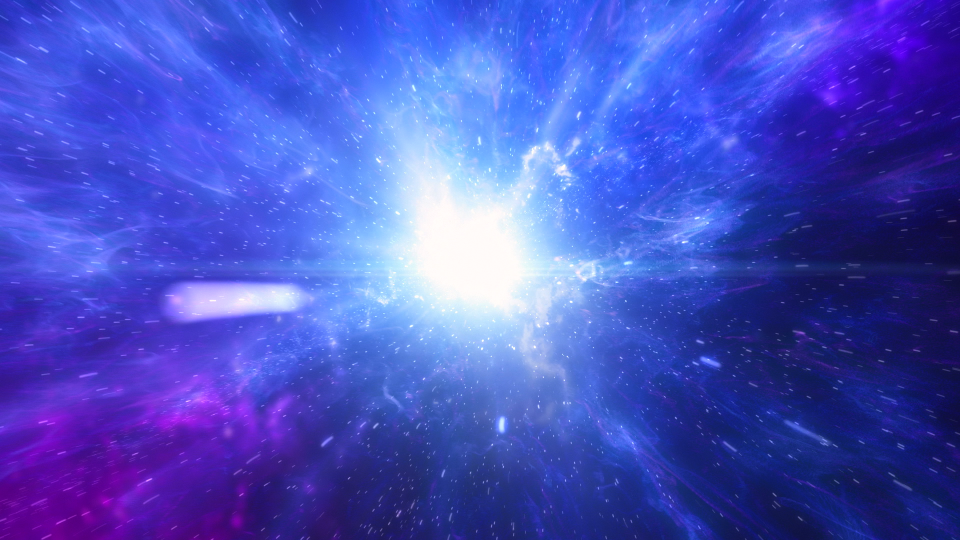NASA's Voyager 2 spacecraft is now flying through the stars

Voyager 2, at 11 billion miles from Earth, has entered the stars.
Monday morning NASA announced that the legendary exploration spacecraft had left a protective bubble produced by the sun's wind and energy, called the heliosphere, and is now hurtling through interstellar space.
Voyager 2 is the second spacecraft to ever reach the outer limits of the solar system and enter into the interstellar wilderness. Voyager 2's counterpart, Voyager 1, previously entered the stars in 2012.
"This is what we've all been waiting for," Suzanne Dodd, NASA's Voyager project manager, said in a statement. "Now we’re looking forward to what we’ll be able to learn from having both probes outside the heliopause.”
The @NASAVoyager 2 probe no longer feels the solar wind & is flying through the interstellar space between the stars. It carries a working instrument providing 1st-of-its-kind observations of the nature of this gateway. Here's a look by the numbers: https://t.co/DuNBYPaXQj #AGU18 pic.twitter.com/GJGIgDpSHD
— NASA (@NASA) December 10, 2018
Technically, however, Voyager 2 is still in the distant realms of the solar system. There are large icy objects out here, collectively known as the Oort Cloud, that are still under the gravitational influence of the sun.
Both Voyager crafts, then, aren't expected to leave the solar system anytime soon. NASA suspects it will take some 30,000 years for the Voyagers to travel beyond the Oort Cloud, and enter farther into uncharted territory.
Out beyond the heliopause, however, the Voyager craft can give NASA scientists a better idea of what it's like at the beginnings of interstellar space, and how the sun's particles and energy, or solar wind, interact with the constant flow of particles from deep, interstellar space.
"To have the Voyagers sending back information about the edge of the Sun’s influence gives us an unprecedented glimpse of truly uncharted territory,” Nicola Fox, director of the Heliophysics Division at NASA Headquarters, said in a statement.

Image: NASA
A specialized instrument aboard Voyager 2, the Plasma Science Experiment, played an important role in confirming that Voyager 2 had left the protective heliosphere. The instrument observed a "deep decline" in solar particles after Nov. 5, 2018, confirming the craft had entered the interstellar realm.
Both Voyagers were intended to explore the solar system for five years, but 41 years later, are still alive and sending messages back to Earth. The spacecraft are powered by slowly-decaying radioactive material, so they're not reliant upon sunlight to stay online.
The spacecraft both carry records coated in gold, with instructions of how to play 90 minutes of human-made music, containing the likes of Bach, The Najavo, and the scintillating rock and roll of Chuck Berry — should any intelligent life ever come across either of the ancient craft in the vastness of interstellar space.
WATCH: Ever wonder how the universe might end?


